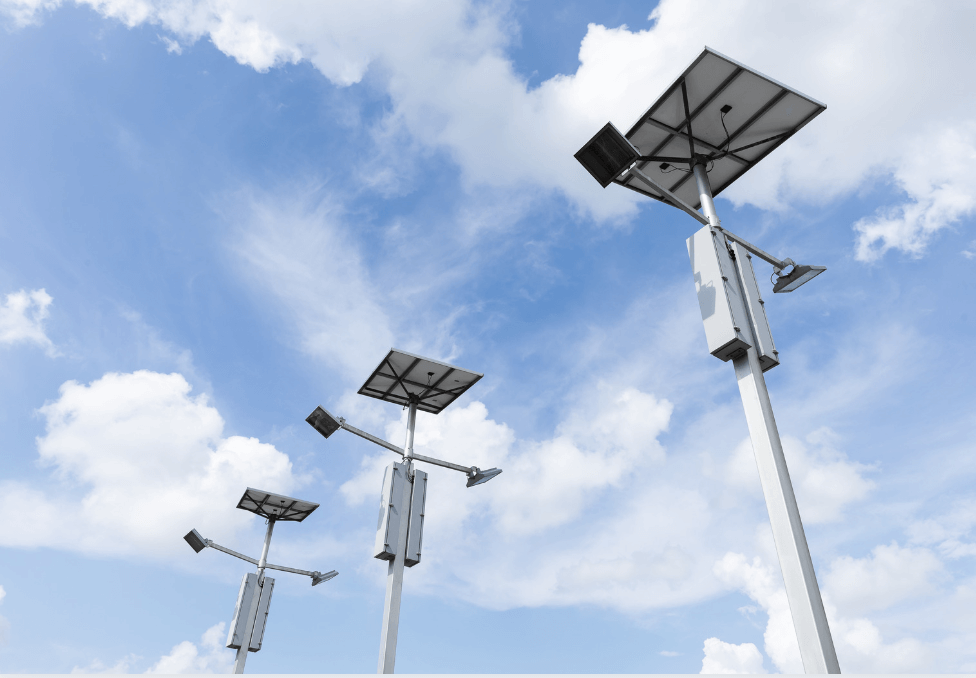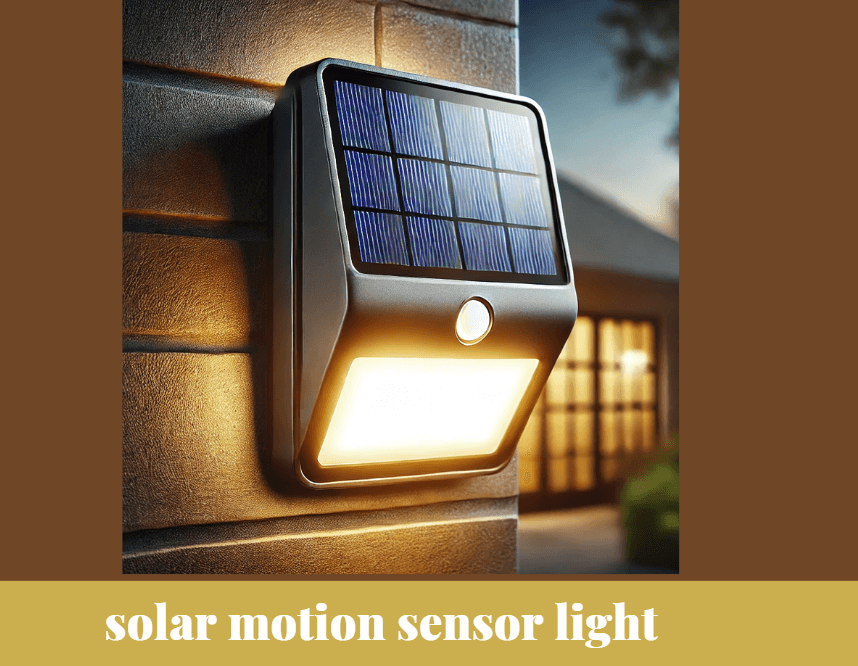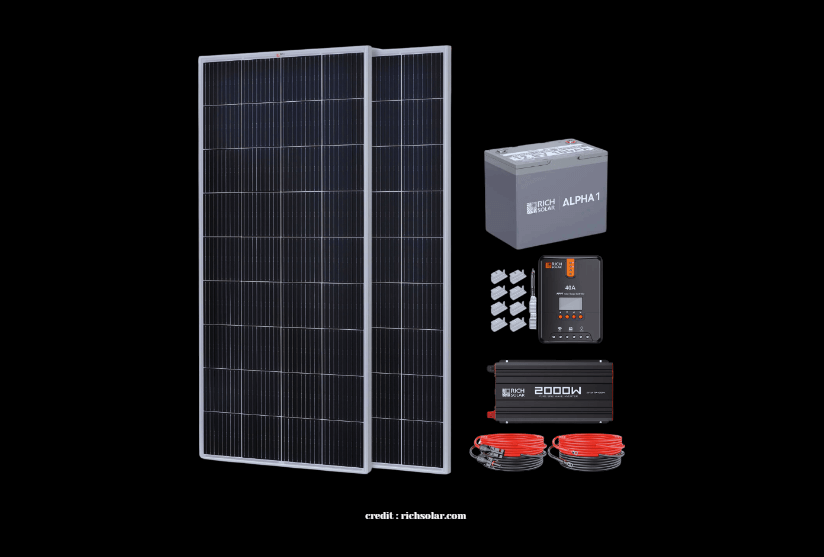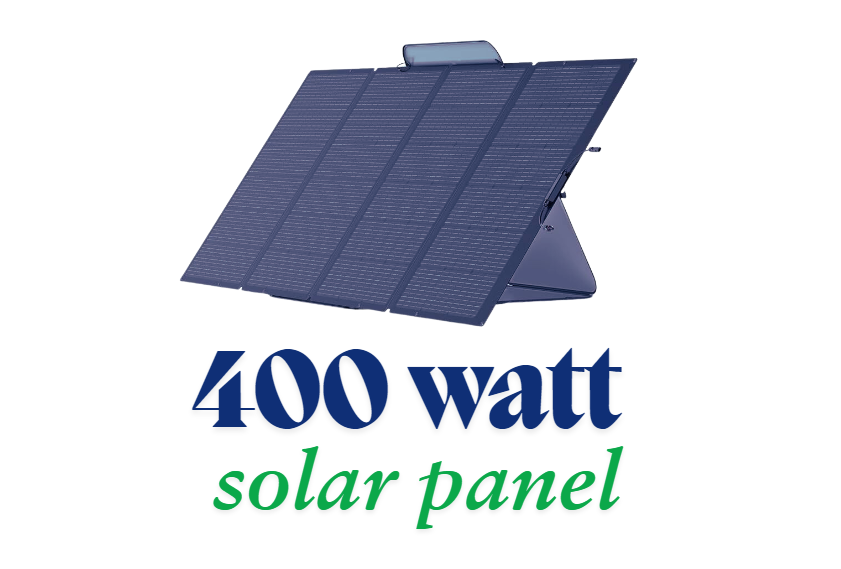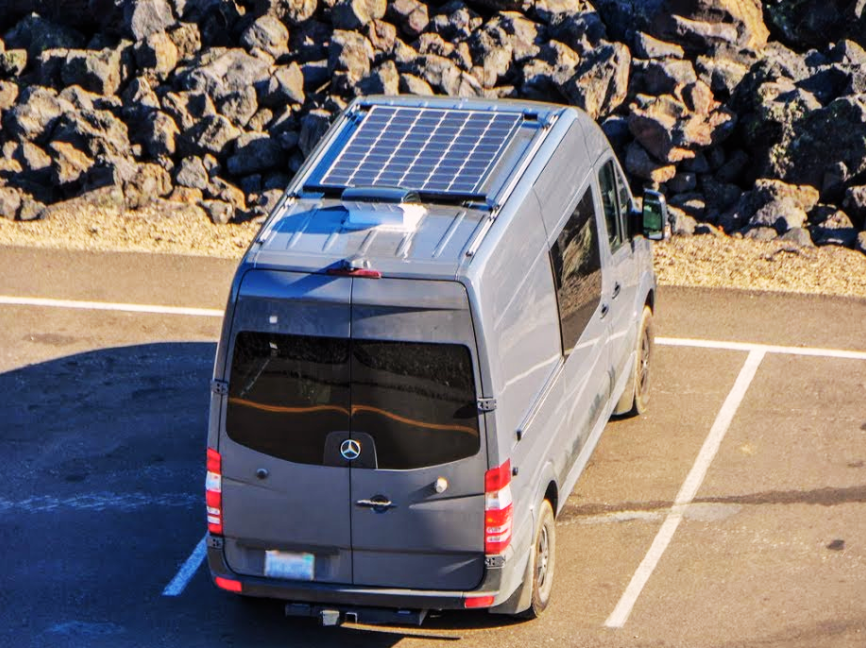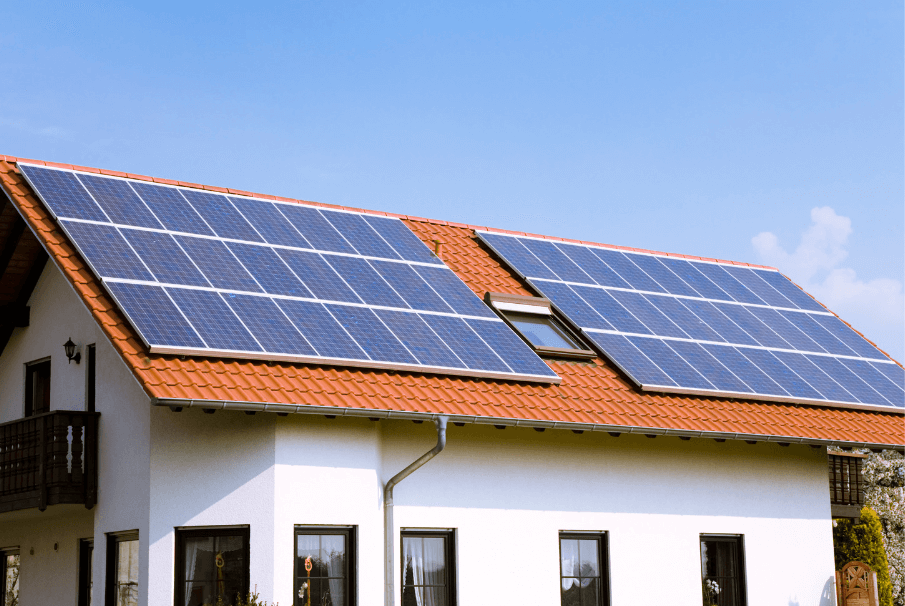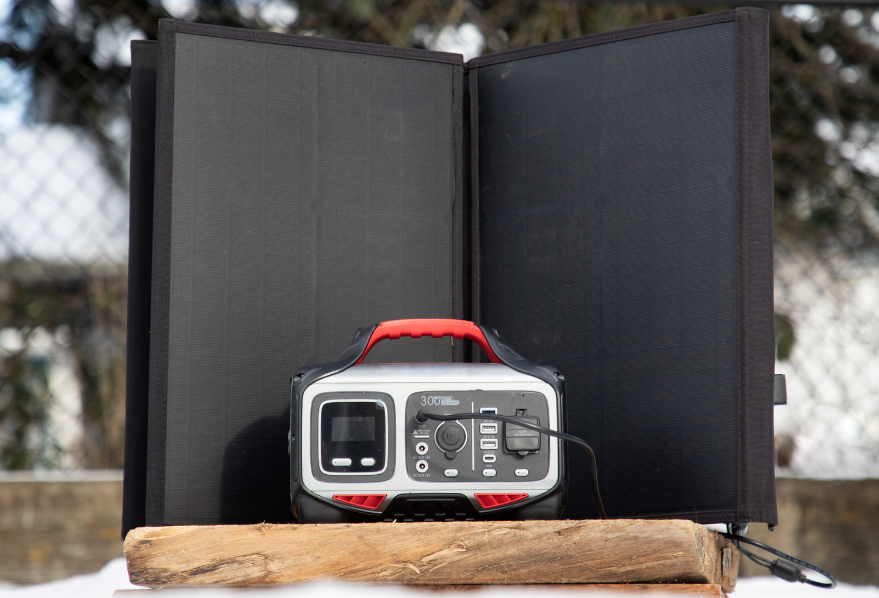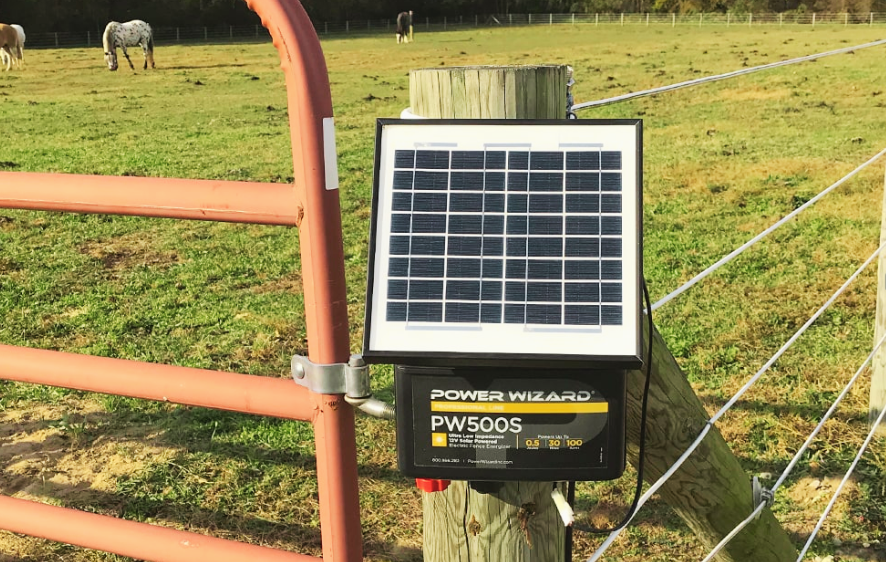
If you’ve ever had to maintain an electric fence, you know how essential it is to keep it powered. A strong electric fence can help you manage livestock, protect your garden, or secure your property.
But what if there was a way to keep your fence powered without constantly worrying about electricity costs or finding a nearby power outlet?
Well, that’s where a solar-powered battery charger for electric fences comes in.
Today, I’m going to explain everything you need to know about these chargers, including how they work, the benefits they provide, and why they could be the perfect solution for your electric fence needs.
What is a solar-powered battery charger for electric fences?
A solar-powered battery charger for electric fences is a device that uses solar energy to charge a battery, which then powers the electric fence.
Basically, it takes sunlight, converts it into electricity, and stores that electricity in a battery. This battery then powers your electric fence, keeping it running without the need to plug it into the grid.
These chargers are designed to work even in remote areas where electricity may not be readily available.
They are perfect for farms, ranches, or properties where you need a durable and cost-effective solution to keep your electric fence running.
How Does a Solar-Powered Battery Charger Work?
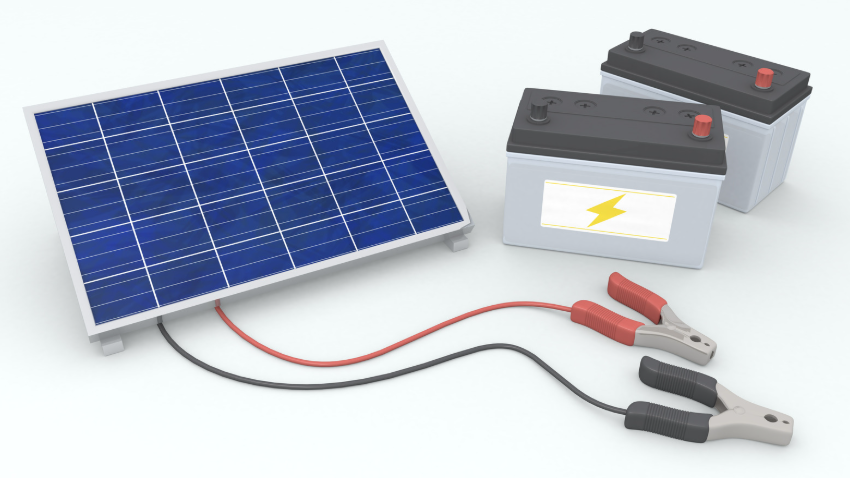
Solar-powered battery chargers rely on a few key components to function. Let’s break down the process:
Solar Panels: These panels capture sunlight and convert it into electrical energy. The amount of energy they generate depends on the size of the panel and the amount of sunlight they receive.
Charge Controller: This device regulates the amount of electricity coming from the solar panels. It ensures that the battery doesn’t get overcharged or undercharged, which can damage the battery or reduce its lifespan.
Battery: The battery stores the electricity generated by the solar panels. When the sun isn’t shining, the battery ensures that the electric fence remains powered. The size of the battery will determine how long it can run the fence without sunlight.
Electric Fence Energizer: This is the part that powers your electric fence. It takes the energy from the battery and delivers it to the fence, creating the necessary voltage to keep animals or intruders away.
Benefits of Using a Solar-Powered Battery Charger for Electric Fences
There are several reasons why a solar-powered battery charger for electric fences is a great option for many property owners. Let’s go over some of the biggest advantages.
Cost-Effective
Once installed, solar-powered chargers have minimal operating costs. You won’t need to pay an electricity bill for powering your electric fence, which can save you money in the long run. The initial cost of purchasing and installing a solar-powered charger might be higher than traditional options, but it will pay off over time with no ongoing utility costs.
Environmentally Friendly
Solar energy is a renewable resource, making it an environmentally friendly choice. By using solar power, you reduce your reliance on non-renewable sources of electricity, helping to lower your carbon footprint and contribute to a greener planet.
Low Maintenance
Solar-powered battery chargers require very little maintenance. The solar panels are durable and can last for many years without needing much attention. The battery may need to be replaced after several years, but overall, you won’t need to worry about frequent upkeep or repairs.
Energy Independence
With solar power, you don’t have to rely on the grid to keep your electric fence running. This is especially important in remote areas where access to electricity might be limited. Solar-powered chargers allow you to be self-sufficient, which is crucial for managing fences in rural or off-the-grid locations.
Reliable Performance
Even in areas with limited access to the grid, solar-powered battery chargers can reliably power your electric fence. As long as the solar panels are exposed to enough sunlight, they will generate the energy needed to keep your fence operational. Some systems come with backup batteries, which provide extra assurance on cloudy days or during the night.
Easy Installation
Installing a solar-powered battery charger is usually quite simple, especially compared to running electrical wiring to a remote electric fence. The solar panels can be mounted on a post or placed on the ground, and the rest of the system can be hooked up to the fence in just a few steps. Most solar-powered chargers come with clear instructions to guide you through the process.
How to Choose the Right Solar-Powered Battery Charger
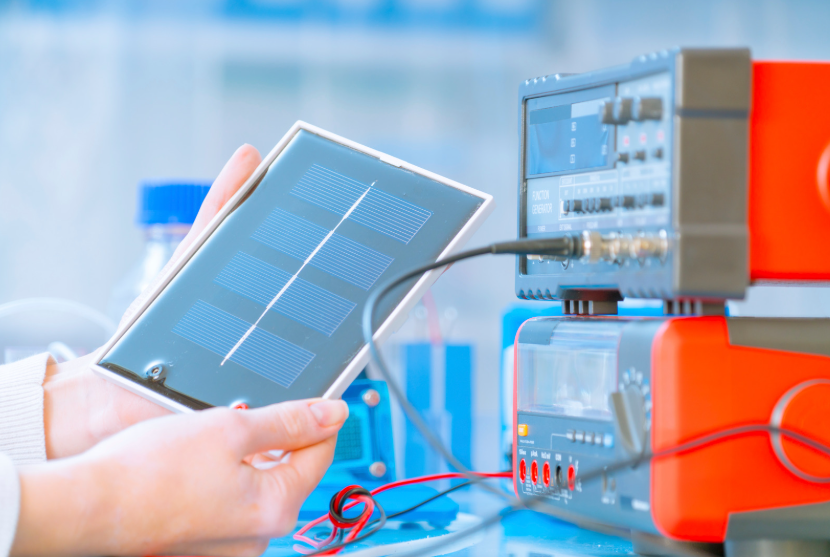
Selecting the right solar-powered charger for your electric fence involves considering a few key factors. Here’s what you should keep in mind:
Fence Size and Voltage Requirements
The size of your electric fence and the amount of power needed to keep it effective will determine the type of charger you need. Larger fences or those that need higher voltage will require more powerful solar chargers. It’s important to match the charger to the size of your fence for optimal performance.
Sunlight Availability
The amount of sunlight your location receives plays a major role in the performance of your solar charger. If you live in an area with plenty of sunlight throughout the year, you can opt for a smaller, less powerful system. However, if you live in a cloudier region or have shaded areas, you may need a larger system to ensure consistent charging.
Battery Size
The size of the battery determines how long your fence will stay powered when the sun isn’t shining. Make sure the battery has enough capacity to handle your fence’s energy needs. If you have a large fence, you may need a bigger battery to keep the fence running for longer periods.
Durability and Weather Resistance
Since the solar panel and battery will be exposed to the elements, it’s important to choose a durable system designed to withstand weather conditions. Look for chargers that are built to last, with weatherproof and rust-resistant components to ensure longevity.
Ease of Installation and Setup
Some solar-powered chargers come with more complicated installation processes, while others are designed to be user-friendly. If you’re not familiar with electric fences or solar technology, it’s best to choose a system that’s easy to set up and maintain.
Tips for Installing a Solar-Powered Battery Charger for Your Electric Fence
Position the Solar Panels Properly: Make sure the solar panels are placed in a spot where they’ll receive plenty of sunlight throughout the day. South-facing panels generally get the most exposure.
Secure the Battery: Choose a dry, safe location to store the battery. It should be protected from extreme temperatures and weather, but still within easy reach for maintenance.
Check the Connection: Before turning the fence on, double-check that all wires are connected properly. A poor connection could lead to inefficient charging or a non-functional fence.
Monitor the System: Even though solar chargers require little maintenance, it’s a good idea to periodically check the system to ensure everything is working correctly.
Common Problems with Solar-Powered Electric Fence Chargers and How to Fix Them
Low Battery Power
If the battery isn’t holding enough charge, it could be due to insufficient sunlight or an old battery. Try moving the solar panels to a sunnier location or replace the battery if it’s old.
Intermittent Power Supply
If your fence is losing power intermittently, check the wiring for any loose connections or damage. You can also inspect the solar panels for dirt or debris that might be blocking sunlight.
Poor Performance During Cloudy Weather
While solar panels work best in direct sunlight, most systems are designed to charge the battery even on cloudy days. However, if you’re experiencing consistently poor performance, consider upgrading to a larger system with a bigger battery.
Conclusion
Solar-powered battery chargers for electric fences are an excellent way to ensure that your fence stays up and running without depending on the grid. They offer numerous benefits, including low maintenance, cost savings, and environmental friendliness.
By carefully choosing the right system and installing it properly, you can enjoy a reliable and sustainable solution for powering your electric fence.


